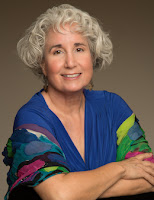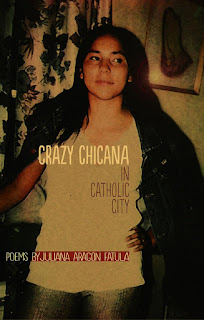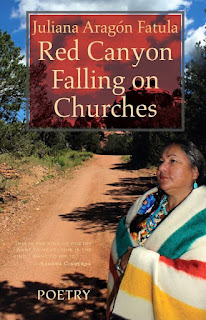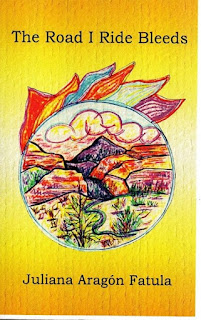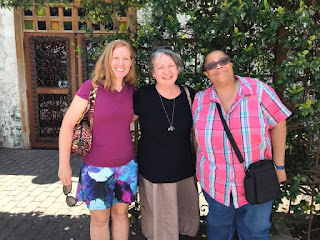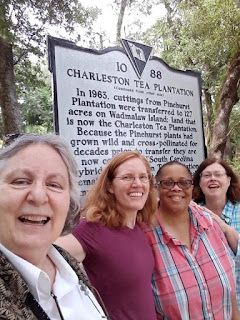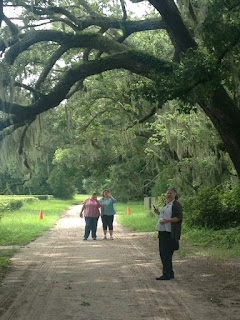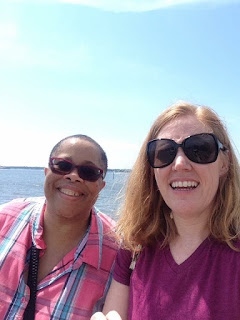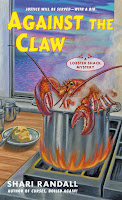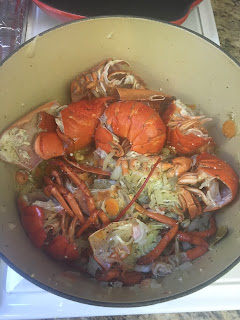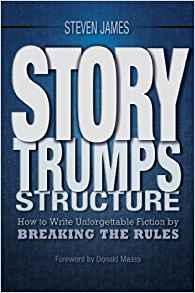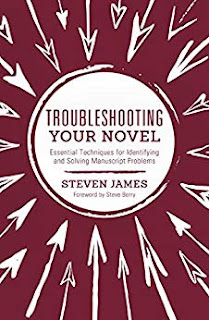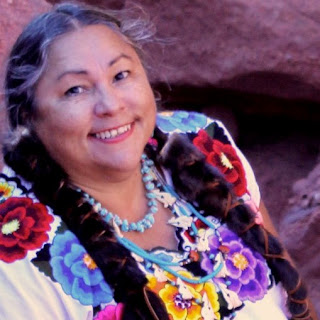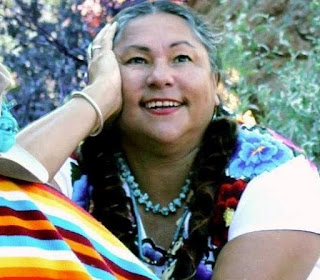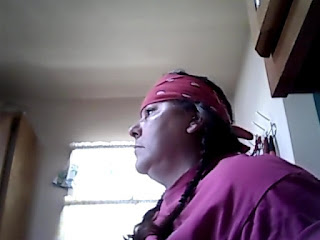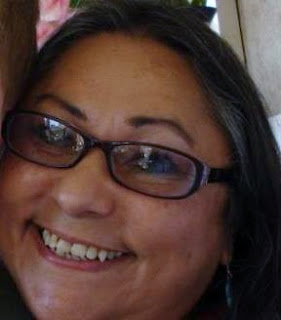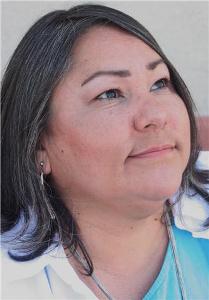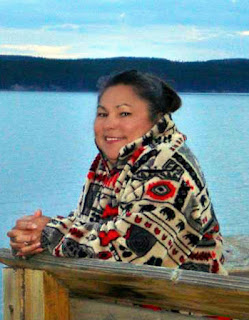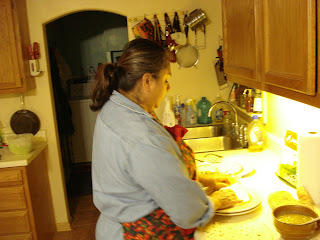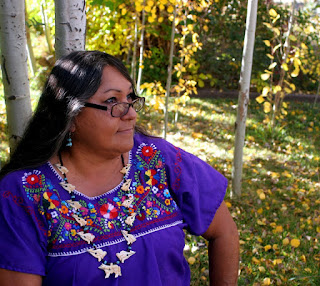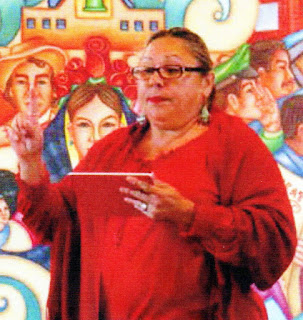Writing and the Pursuit of Happiness — T.K. Thorne
Writer, humanist,
dog-mom, horse servant and cat-slave,
Lover of solitude
and the company of good friends,
New places, new ideas
and old wisdom.
he wrote them into the Constitution of the United States and dubbed them “unalienable
rights.”
next person. “Liberty” may be more nuanced, but we know, at the least, it means
freedom from tyranny. But the “pursuit of happiness” has always kind of
confused me.
horse. My poor parents had to endure the steady entreaties of my obsession,
begging that did not wait for gift-giving holidays. If only I had thought of it, I could have
declared it was my right as a U.S. citizen to have a horse because that was the
only thing that would grant me happiness.
having the horse was not my right, only pursuing it, which I was doing.
What is happiness and why do I have a right to pursue it and just how do
I pursue it? This is not a frivolous question. Please bear with me for a tiny
bit of history.
a Greek philosopher who lived from 341 BC and 270 BC, about 2300 years ago. He emphasized pleasure as the highest goal of
mankind. The word today conjures up words such as hedonism, luxury, and sensual
pleasure, all with a negative judgment attached. This misinterpretation may be
laid at the feet of the early Catholic Church who declared Epicurean philosophy
a pagan challenge to the Church and, therefore, heresy. Very bad things happened to heretics.
the sensual, temporary sense, but in the long-term acceptance of oneself and
one’s nature that leads to serenity and inner peace. The journey toward that
goal actually called for temperance and moderation. The Greek word worked its way through Greek
and Latin into English as “pleasure,” but perhaps in modern terms the word “happiness”
is truer to the original meaning.
“happiness.” Pleasure is the temporary
chasing and fulfilling of desire. [I must have a horse, now, or I will forever
be miserable.] Happiness is a state of inner peace and balance where life is
lived for the most part in the present. [I love and appreciate horses but if I
don’t have the Black Stallion in my
backyard, I will still be a complete and fulfilled human being.]
takes maturity to find happiness.
something so important and basic that it is our inalienable right to seek it.
Wow.
the ability to live, for the most part, in the present. We humans come with a
brain that has evolved with the capacity to plan. That is a big deal and definitely made a
difference in our ability to survive.
hide nuts for the winter. (I always thought ants stored food too, but unless Aesop was talking
about the Messor aciculatus species,
that was just a fable.) What we don’t know is if the squirrel is aware that the
tasty nut he hides will feed him come winter or if he just acts on instinct,
but whatever. The important thing is
that we humans are wired to plan. In ancient days, we sought a cave for when it
got dark and dangerous or rained or snowed. We smoked meet to preserve it. We
learned to grow and store crops. Now we shop at the grocery store but usually for
at least a week’s worth of food.
planning, but there is an evil twin lurking.
Her name is “worry” on a light day, and “anxiety” on a dark one. Our
minds can go into hyper drive about the future or the past. Angst and regret
are children of the mind’s tendency to dwell in a time that is not the present.
[How’s that for mixed metaphors? *sticking
out tongue * It’s my blog and I can do it if I want.]
and gives us direction for decision making.
Or it can be a pleasant companion. It can also be a special hell on the
road away from happiness. [See above.]
to live in the present because that is the only experience that is real, that
is truth. There are other aspects of this, but let’s stay with this one—living
in the present, also known as mindfulness.
Step One used by Eastern seekers of happiness is meditation. There are lots of ways to meditate, but the
primary goal is to practice bringing the wandering mind (lovingly) back to the now.
breathing. [Sitting down to dinner and
noticing silverware while guests talk about politics of the day: How would I hide that knife in my clothing
if I were kidnapped—though I put up a brave fight and a breathtaking chase on
my black stallion—and a prisoner in the castle of an evil man who wanted to
marry me against my will?]
funny. Impossible.
“living” with characters and situations in made-up worlds, so engrossed that
the real world, the present, and the passage of time are completely unnoticed. [Really.
Ask my husband.] We are not in the here-and-now. You can’t get more
“elsewhere.”
do the things we want to do—walk, run, swim, not be in pain. Unless you are a monk, meditating all day is
not the goal. The goal is happiness.
Mindfulness is a state of attention that is conducive to the path or way
of being happy.
that? Directing our thoughts to what we’re engaged in.
hands is living in the present. An
artist focused on the task of mixing the perfect color is likewise living in
the present. A child at play. A reader absorbed in a story. A parent intent on helping his child hold a bat. An athlete in the zone. A fruebd truly listening.
we can bring our full attention to the moment–to a scene of beauty, a moment of
sorrow . . . a task.
I have created, I am happy. I am not “aware” of my happiness. I just am. I am
not judging, not thinking about or worrying about the future or the past. I
just am. It’s my inalienable right.

